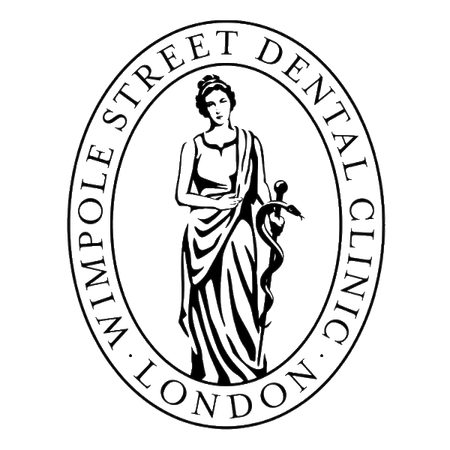Receding Gums
Receding gums, otherwise known as gum recession, is a common dental health condition. It is where the gum tissue sealing the top of each tooth shrinks away exposing the roots of the teeth. This part of the tooth ideally should have the natural protection of the gums and, once exposed, becomes vulnerable.

What are receding gums?
The presence of receding gums could also be a sign of periodontitis, also known as gum disease. Receding gums do not grow back and it is essential that their progression is carefully monitored. Sometimes gum grafts are needed in order to achieve more comfort, aesthetics, and stability.
Signs/Symptoms of receding gums
The development of receding gums is a gradual process, which you may not notice at first and it often produces no symptoms.
But you may experience:
- Sensitivity when consuming cold food/beverages
- Sensitivity when brushing
- The affected tooth starts to appear longer
- The exposed roots start wearing down and ledges/grooves start to appear
- The gum around the tooth can become red/painful
- In severe cases, the tooth may lose support and become mobile.
What causes receding gums?
It’s not always clear why in each specific case the gums have receded but there are multiple identified factors:
- A genetic predisposition to thin gum tissue is often a crucial factor
- The spatial position of the tooth inside the jaws often determines the recession
- Orthodontic treatment can cause receding gums
- Over-vigorous brushing of your teeth with an inadequate toothbrush
- Excessive build-up of plaque and tartar due to poor oral hygiene routines
How to treat receding gums
Receding gums often do not require any treatment but it is crucial that the dentist identifies the problem and monitors its progression. The best process to follow is:
- Book an appointment with your dentist at the earliest opportunity for diagnosis and records. Doing this on a regular basis will save you from trouble.
- Have a professional teeth cleaning by your dental hygienist to remove plaque and tartar from the gum line
- In case the exposed roots have been damaged due to wear, forming grooves called cervical lesions, this should be repaired by the dentist with composite restorations.
- In some cases, gum grafts may be needed to prevent further trauma and restore the gums back to their original levels.
If you are affected by receding gums, contact the expert dental team at Wimpole Street Dental Clinic.
We can offer all the friendly and professional advice and guidance you may need to recover your oral health and restore your smile with confidence.
New page design
Written by: Prof Dr Christian Mehl
Medically reviewed by: Dr Raul Costa
Original content created
Written by: Prof Dr Christian Mehl
Medically reviewed by: Dr Raul Costa
Wimpole St Dental Clinic has strict sourcing guidelines and relies on peer-reviewed studies, academic research institutions, and medical associations. We avoid using tertiary references. You can learn more about how we ensure our content is accurate and current by reading our editorial policy.

